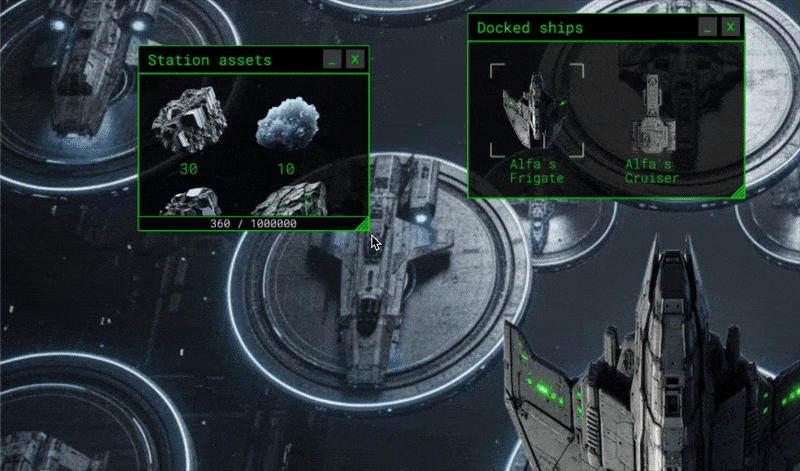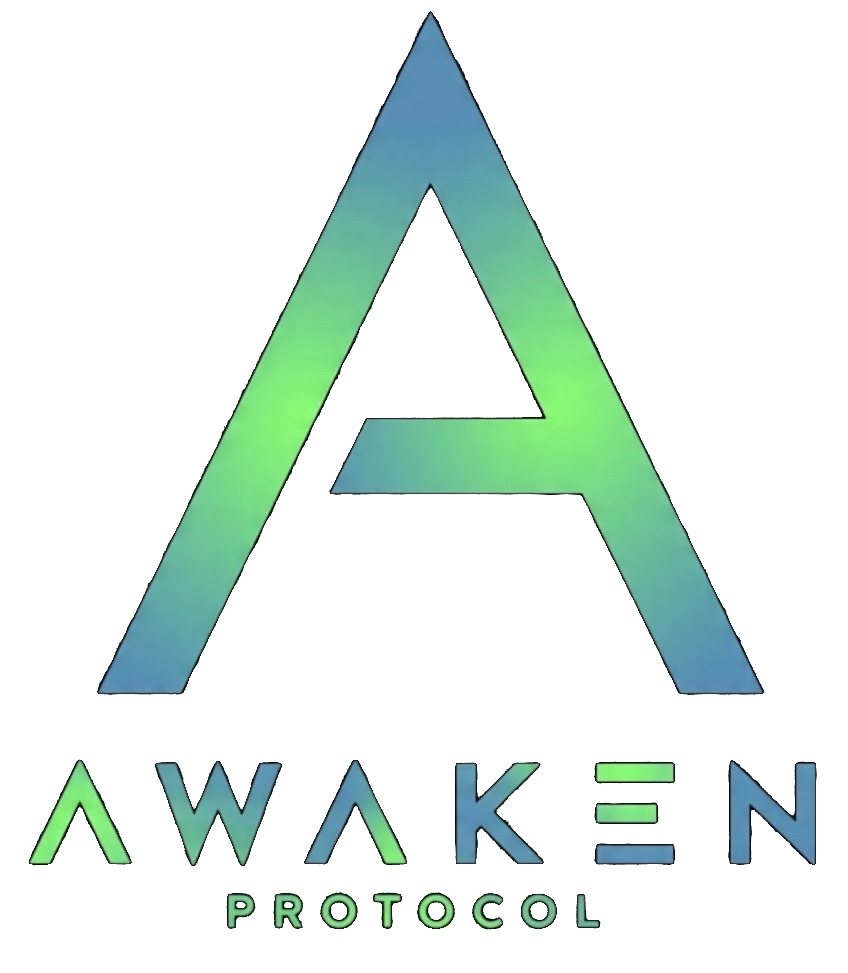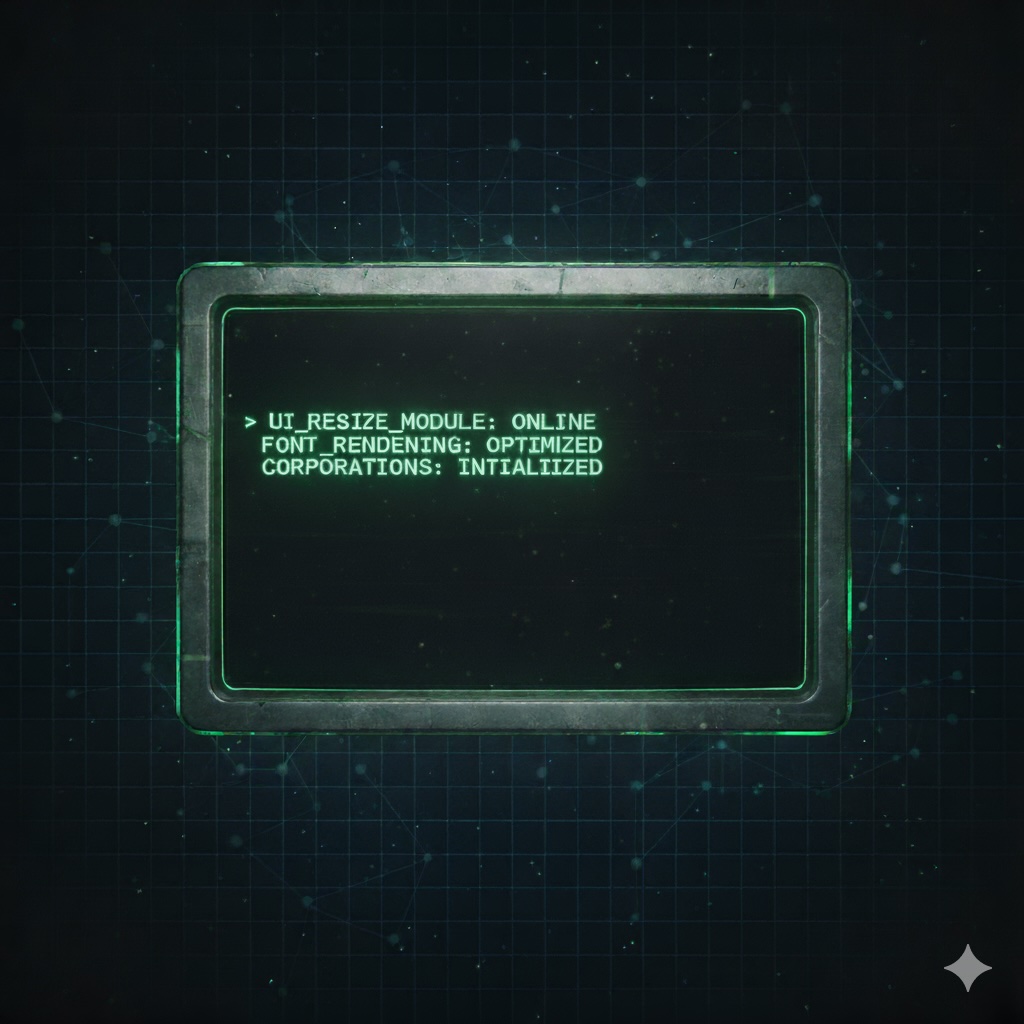The first half of this week I dedicated entirely to UI. Specifically, to two things I’d been planning to do for a long time but kept postponing for various reasons.
Resizing
The first one is the ability to resize in-game interface windows. Seems like a completely standard thing in all kinds of software, and even for browser UI there are tons of ready-made components. I’m not a fan of reinventing the wheel, but Phaser doesn’t really offer good built-in components that would let me implement this quickly. On top of that, different game windows have their own specifics, and their resize behavior needs some flexibility. So I had to invest time into this and implement resizable UI windows myself.
 Pretty heavy gif
Pretty heavy gif
Fonts
The second thing is in-game fonts. I’ve been annoyed for a long time by how Phaser blurs fonts, especially with antialiasing. I also spent some time choosing a font that, at least in my opinion, looks more or less acceptable. As a result, all game text is now much easier and nicer to read. Not perfect yet, of course, but at least it no longer causes eye pain and that stubborn urge to immediately fix it.
This is what it looks like now
 This is what it looked like before
This is what it looked like before

By the way, Phaser is obviously just a simple canvas engine, but I picked it mostly because it lets me easily use the Web, TS, and mix various web components with canvas. Plus, it makes building a standalone game client pretty straightforward. Maybe someday in the future the engine will be replaced with something more modern — technically there are zero obstacles, because the client is basically just a renderer and a standalone application. Anyway, that’s just a quick moment of fantasizing about the future.
Corporations
Now, back to what else happened this week — I started working on the next stage of the game design: corporations. In-game corporations will be one of the core systems, and the storyline and progression will start building on top of them.
For now, I’ve implemented the server-side part: the corporation entity itself, its connections to missions and player skills, and added player–corporation contracts. And of course, the Trust Index, which tracks the player’s loyalty progression with each corporation.
The client-side part is still in development. I’m experimenting with different formats to figure out how best to visualize and combine everything together. Yeah, I still don’t have anything to show — no video, not even a good enough screenshot. Maybe just a small piece of the internal magic.

The nearest roadmap
And separately, I want to talk about what I plan to work on next — sort of a small roadmap until the end of this year:
1. Implement the client-side part for corporations, specifically the Skill Shop. I have a few ideas about how it could work. At the moment I’m leaning toward merging corporation info, the Skill Shop, and corporate missions into one window to avoid creating too many separate UI panels. Deadline: end of next week.
2. Next stage — introducing the actual story. I like the story idea and the questions it raises — the one that lives in my head (and in the GDD, of course). And I want to finally start telling it.
Here I want to experiment with different formats — how exactly to present it. This is a new area for me, so I’ll need to do some research. The goal is to finish this part by the end of November.
3. After that comes the tutorial. Everyone I convinced to run the game and look at what I’ve built said the same thing: “I have absolutely no idea what to do here.” Which is fair. So the story should naturally lead into at least some kind of minimal tutorial explaining how the hell you’re supposed to play this. I expect to have the first version of it by mid-December.
4. And finally — polishing and tuning gameplay parameters. Different constants, formula coefficients, template values, the connected star map, maybe some HUD improvements. Basically everything that can turn a bunch of disjointed mechanics into an actual game.
And in the end, I want to have a prototype by the end of the year. Something I can show to people as a real game, not as something too abstract — like it is right now. I hope this could help me find like-minded people, those who might be interested in a project like this.

